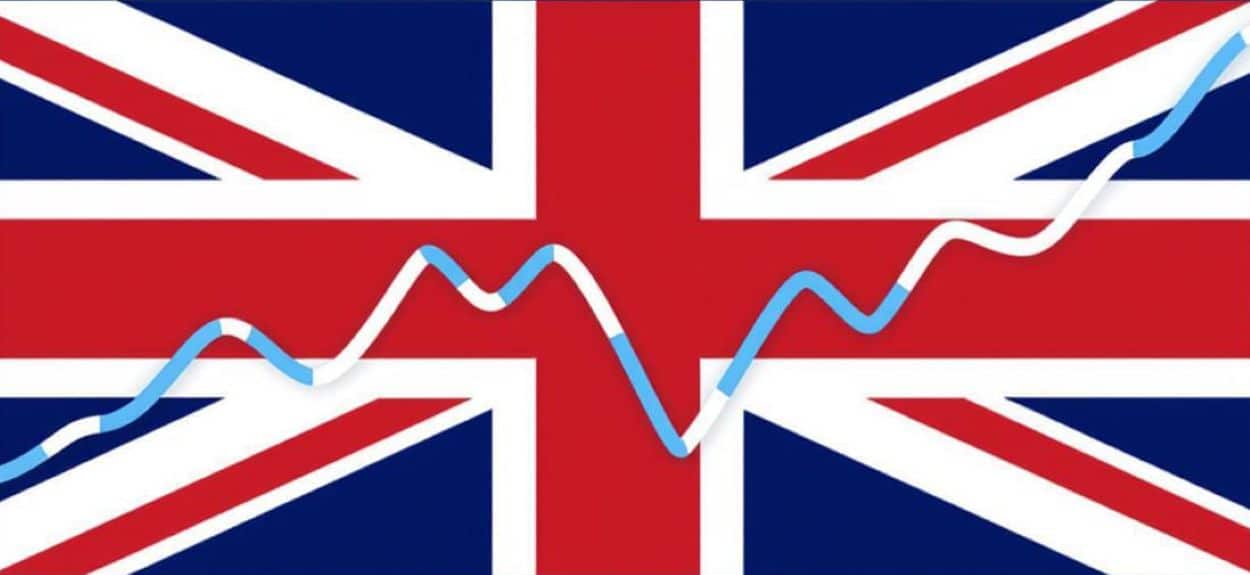On August 14, 2025, the British pound strengthened against major currencies due to stronger-than-expected UK GDP growth, as reported by Bloomberg. The Office for National Statistics (ONS) recorded a 0.3% increase in GDP for the second quarter of 2025, surpassing forecasts of 0.1%. This followed a 0.7% rise in the first quarter. The robust economic performance boosted investor confidence, pushing the pound to a one-month high against the US dollar.
The UK economy exceeded expectations, showing a growth rate of 0.4% in June, along with manufacturing and industrial production increasing by 0.5% and 0.7%, respectively. These positive figures, combined with a rebound in the factory sector, led to a decrease in expectations for aggressive rate cuts by the Bank of England (BoE), which in turn supported the rally of the pound. The GBP/USD pair reached 1.3600, and analysts are now looking at resistance at 1.3790.
The pound extended its recent outperformance versus major peers as UK growth data came in stronger than expected https://t.co/RLbEikLoaD
— Bloomberg (@business) August 14, 2025The recent 25-basis-point rate cut by the Bank of England to 4.00%, along with its cautious monetary policy stance, has enhanced the appeal of the pound. At the same time, expected rate cuts from the US Federal Reserve stemming from a cooling labour market in the US have weakened the dollar, further strengthening the pound. Additionally, the unwinding of “Trump trades” has also contributed to the gains of the pound against both the euro and the dollar.
The pound’s outperformance reflects growing optimism about the UK’s economic resilience, despite global uncertainties. Investors may see opportunities in sterling-based assets, but analysts warn of potential consolidation if global trade tensions escalate. The UK’s stable fiscal policies and strong employment data further enhance its attractiveness.
The pound’s surge, driven by robust UK GDP growth, signals economic strength and influences global currency markets. It could reshape investment strategies and BoE policy expectations.






